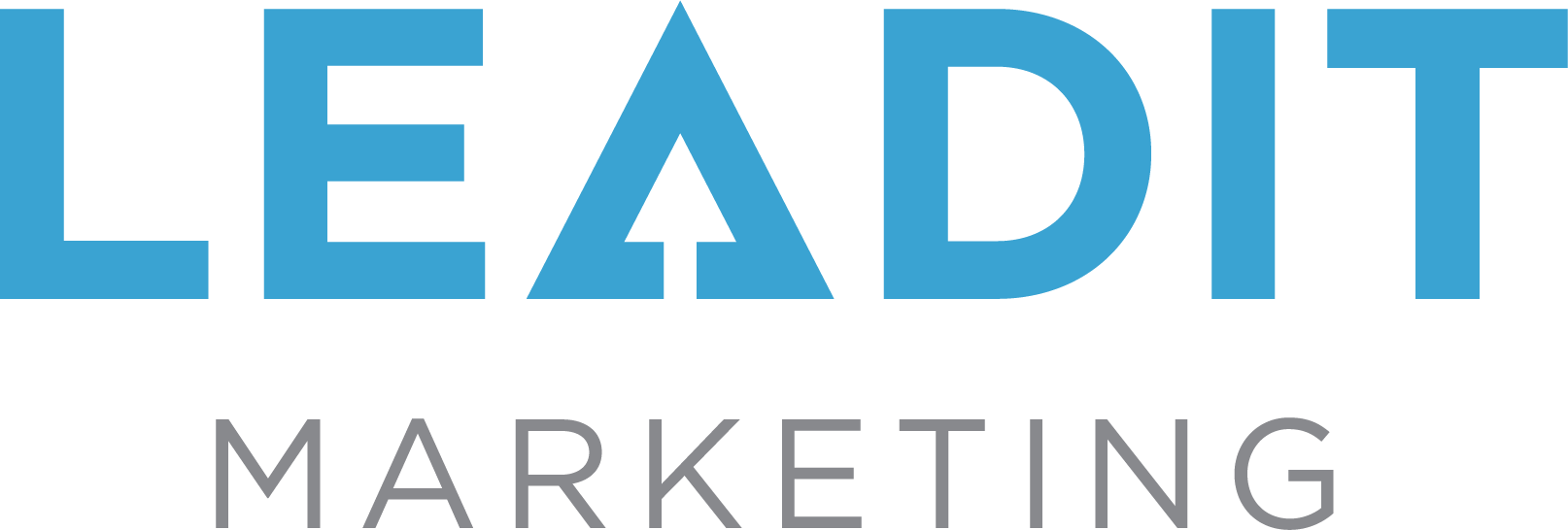3 KPIs Sales and Marketing Should Track Together
Guest Blogger Contribution by Peter Gracey, CEO of QuotaFactory
For salespeople, the end of each quarter can be a stressful time unless the dominoes are falling in your company’s favor and your sales team is crushing it. Regardless, we can all agree that the pressure to hit quota is real, and the toll it can take on a salesperson can be substantial.
A small dose of healthy stress can work in your favor, but too much can derail even the toughest salesperson. It’s important that salespeople figure out ways to better understand their own performance to make changes that will reduce quota stress moving forward.
A good self-assessment and some senior level feedback and coaching are always great, but the best salespeople aren’t afraid to put some pressure back on their organizations regarding the types and amount of support they are getting. It’s important that marketing and sales development teams are also working with closing reps to ensure that all of the pieces are falling into place, not only within their own teams but with each other’s teams as well. Sales executives, sales development reps, and marketers need to know what kind of questions to ask each other and how to track the success of their efforts in order to support one another.
Work With Marketing to Better Drive Results
It’s an unfortunate reality that a polarity often exists between sales and marketing. In many companies, this polarity restricts the ability to have a healthy dialogue around metrics from taking place — specifically, conversations around how well marketing executed campaigns to support the sales team. For instance, it hinders sales from asking questions like: In situations in which a sales development team is involved, how effective were its efforts?
Today, it’s not uncommon for companies to have a large inbound marketing presence and a sales development team within the marketing function that follows up on the inbound leads received. In a perfect world, inbound marketing leads, alongside lead qualification, such as teleprospecting, would create a strong sales prospecting system for outside sales teams — now if we could only get both sales and marketing on the same page.
Salespeople can drive this discussion politely and effectively by requesting some very basic outbound metrics from their sales development team. These metrics will give you a feel for how marketing is performing at each stage of the funnel and how frequently marketing is pushing fully qualified leads into sales pipeline. It’s a great jumping off point for engaging marketing in healthy discussion around their support of sales.
Key Performance Indicators to Monitor
1) Reach Rate: Are you having enough meaningful conversations?
Reach rate can be defined as the percentage of total outbound activities that result in a meaningful conversation with a decision-maker, meaning one in which at least one critical piece of qualification information is gathered.
Reach Rate Goal: 15%
A best-in-class teleprospecting rep is benchmarked to have a minimum of 15 meaningful conversations for every 100 outbound activities they engage in. What you should look at first in order to help improve this number is the sample lead list from your territory.
Are the leads being targeted in your sweet spot and at the right level? Nobody has a better grasp on the ideal customer profile than the people selling for a company. Salespeople owe it to marketing to share their ideas on this topic. Many times, the right tweaks to a list profile make all the difference.
2) Pass Rate: Are you able to qualify and close on all meaningful conversations?
Pass rate is the percentage of meaningful conversations that become fully qualified and passed to a salesperson. A fully qualified lead should contain mutually agreed upon lead information and contain all of the information a salesperson would need to conduct an effective discovery call.
Pass Rate Goal: 10%
An experienced, savvy sales development rep will qualify and pass 10 out of every 100 meaningful conversations that they engage in. This rep should initially look at a detailed summary of quality conversation notes above all else to improve the rate.
Salespeople invariably see things in the notes that a manager may not. We’ve found that one of the greatest sources of training and improvement for our teams is to share our conversation notes with salespeople directly. It’s an excellent way to get real-time training and a huge source for clues as to what may or may not be pushing pass rate below standards.
3) Pipe Rate: Do your leads convert to sales forecast?
Pipe rate is the percentage of fully qualified leads that end up on the sales forecast. In order for a lead to end up as pipe, the call must occur, the information must be validated (by sales), and the salesperson must have a logical next step in the sales process.
Pipe Rate Goal: 80%
The best of the best sales development teams will see 80% of their leads show up on the sales forecast. To better this figure, they’ll want to check out the no-show rates before anything else.
The single greatest cause of a low pipe rate is no-shows. Not only do no-shows themselves kill the number, but the fact that they rarely get rescheduled also compounds this issue.
Salespeople should proactively work with marketing to establish a formal hand-off process that involves the telequal rep booking the meeting for both the salesperson and prospect and handle any and all reschedules. Sales must commit to have an updated calendar and never miss a lead appointment. Four in five rescheduled leads that are caused by a salesperson needing to change the time are never heard from again, so don’t do it.
Proactive Approach Needed by Salespeople
Salespeople shouldn’t wait to see what marketing is going to do next for them. They should instead engage in a healthy dialogue with marketing to understand how they are performing in these three KPIs and offer some time and intelligence to help improve the process and numbers.
Ultimately, getting to quota is a team effort. It’s in sales’ best interest to take a positive, value-added approach as opposed to the classic “wait-to-blame” tact that many of us have seen all too often.
How does your company track KPIs? Is the process efficient and understood by all employees, including both marketing and sales? Tell us in the comments below!
 Peter Gracey is the CEO of QuotaFactory. Peter is responsible for the day-to-day operations of QuotaFactory, company growth, success, and helping clients reach their sales quota. He is a prolific blogger who posts frequently to the company’s web site. Peter is also Adjunct Professor of Sales and Marketing for the University of Massachusetts Amherst. You can follow him on Twitter via: @Peter_Gracey
Peter Gracey is the CEO of QuotaFactory. Peter is responsible for the day-to-day operations of QuotaFactory, company growth, success, and helping clients reach their sales quota. He is a prolific blogger who posts frequently to the company’s web site. Peter is also Adjunct Professor of Sales and Marketing for the University of Massachusetts Amherst. You can follow him on Twitter via: @Peter_Gracey











